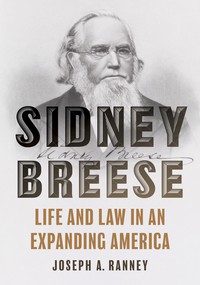
C. C. A. Christensen
A Mormon Visionary
Rediscovering an important artist and his images of early LDS life
Cloth – $110
978-0-252-04956-9
Paper – $17.95
978-0-252-08921-3
eBook – $14.95
978-0-252-04871-5
Publication Date
Paperback: 07/07/2026
Cloth: 07/07/2026
Cloth: 07/07/2026
Series: Introductions to Mormon Thought
About the Book
Carl Christian Anton (C. C. A.) Christensen left paintings that provide unique glimpses into the beliefs and life experiences of nineteenth-century members of The Church of Jesus Christ of Latter-day Saints. Christensen took his subject matter from the Book of Mormon and the Church’s early history, painting widely admired scenes and panoramas that portrayed, retold, and interpreted the past.Drawing on the artist’s voluminous writings, Jennifer Champoux illuminates Christensen’s influential art, including recently rediscovered works. Christensen received Church commissions and approval and helped shape Latter-day Saints’ vision of themselves. Over time the work of other artists eclipsed his achievements, but a twenty-first century revival of interest began to restore his reputation. Champoux also profiles how Christensen’s expansive activities outside of the art world gave him a unique vantage point for chronicling how the Latter-day Saint faith and culture evolved in Utah.
A revealing intellectual biography, C. C. A. Christensen offers a rare in-depth look at a major Latter-day Saint artist.












